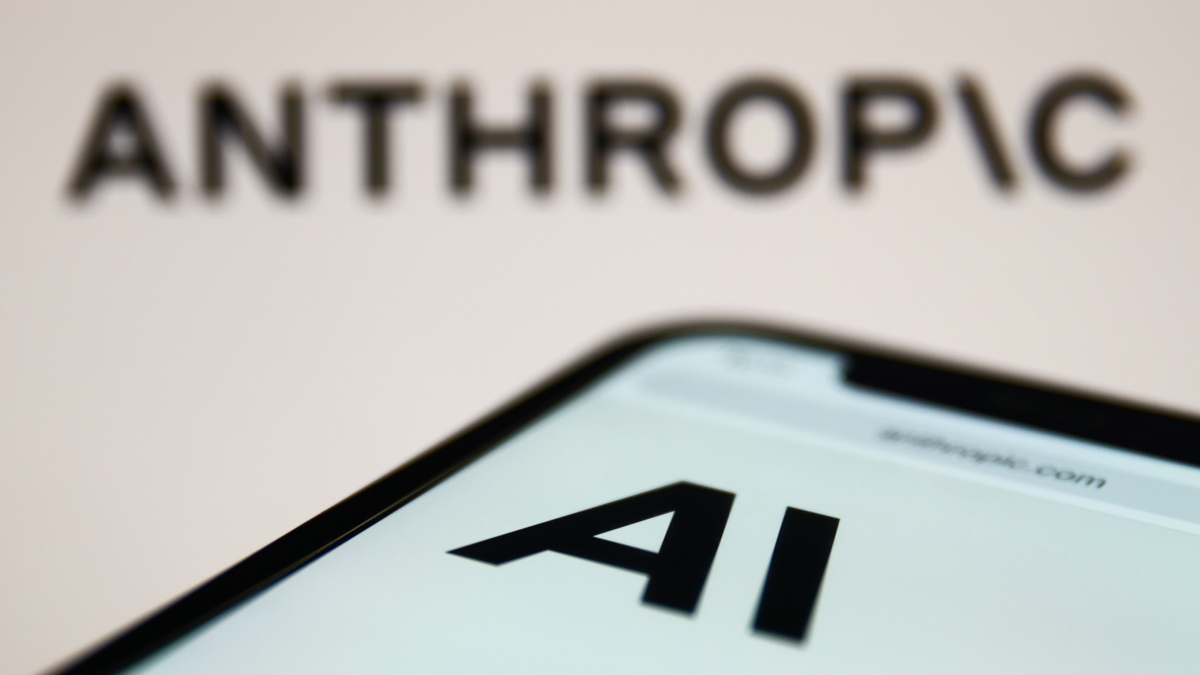🌐 지역 및 지역 데이터 모델의 수용 GenAI의 참 잠재력 해제하는 열쇠 🧠💥
해양사자 큰 언어 모델, 예를 들어, 도입하면 동남아시아 인구를 정확하게 반영하는 GenAI 생성 응답을 보장하는 데 도움이 될 것입니다.
“`html
AI leaders are advised to merge local data models for diversity’s sake.

Tech giants are making significant strides in the field of generative artificial intelligence (GenAI). However, to ensure their products are truly representative of the diverse global population, it is crucial for these companies to incorporate regional and local data models. According to Laurence Liew, director of AI innovation at AI Singapore, integrating the Southeast Asian Languages in One Network (SEA-LION) large language model (LLM) can greatly enhance the accuracy of GenAI tools’ responses.
The Power of Localized Data Models 💪💡
In a recent test conducted by Liew’s team, SEA-LION outperformed a popular global public GenAI platform when tasked with predicting the outcome of an Asian election. This demonstrates how LLMs like SEA-LION, which are culturally sensitive, can better reflect the societal mix of a particular region. Currently, many public GenAI tools are non-Asian focused and may inadvertently possess data bias. Incorporating regional and local LLMs can help address this issue.
SEA-LION, which currently runs on a 3-billion-parameter model and a 7-billion-parameter model, has been trained on a whopping 981 billion language tokens. These tokens are fragments of words generated during the tokenization process and include 623 billion English tokens, 128 billion Southeast Asia tokens, and 91 billion Chinese tokens.
Championing Diversity in GenAI Tools 🌍🤝
It’s not just SEA-LION that is making waves in the regional LLM arena. Countries like Thailand and India have also developed their own localized language models. This trend highlights the importance of incorporating diverse perspectives and data sources when creating GenAI tools.
- 인공지능이 게임을 바꾸고 있다 ChatGPT에 대해 알아야 할 사항
- 안트로픽이 클로드 3를 선보입니다 챗봇 혁명 🚀
- OpenAI의 ChatGPT가 이제 읽어줄 수 있어요 – 이전에 없던 대화 ...
AI Singapore, a government-wide collaboration, has been instrumental in driving the country’s AI capabilities. The organization encourages tech giants like Microsoft and Google to adopt regional and local LLMs for organizations operating in Southeast Asia. By integrating these models, companies can ensure that their GenAI products resonate with the specific nuances and context of the region.
Overcoming Adoption Challenges 🚀🔒
While there is growing interest among businesses to adopt GenAI products, many organizations face barriers to adoption. According to a study by Telstra International, only 30% of companies feel they have the necessary IT assets to deploy GenAI. Budget constraints, regulatory considerations, and data privacy concerns also pose challenges.
Moreover, there is a shortage of skilled professionals in the field of GenAI, including machine learning engineers, AI data scientists, and translators. These talent gaps need to be addressed to facilitate the widespread adoption of GenAI.
The Future of GenAI and its Impact 🌌🔮
The potential impact of GenAI on various industries cannot be ignored. According to the same study by Telstra International, 60% of respondents believe that GenAI will substantially disrupt their industry within the next five years. However, a significant majority (78%) view this technology as a competitive opportunity rather than a threat. Organizations are actively exploring innovative ways to leverage GenAI to extract value from data.
As the world becomes increasingly digitized and human-to-machine interactions flourish, the proper processing and contextualization of data through GenAI are becoming paramount. Companies must invest in building end-to-end capabilities, handling large datasets, and ensuring responsible and ethical AI application.
Q&A: Addressing Reader Concerns 👥❓
Q: How can GenAI tools overcome data bias and be more inclusive? A: Incorporating regional and local data models, such as SEA-LION, is crucial to address data bias and create GenAI tools that better reflect the diverse global population.
Q: Are there any other countries developing their own localized language models? A: Yes, countries like Thailand and India have also developed their own language models, highlighting the importance of embracing diversity in GenAI tools.
Q: What are the challenges organizations face in adopting GenAI? A: Some of the challenges include budget constraints, regulatory considerations, data privacy concerns, and a shortage of skilled professionals in the field of GenAI.
“““html
Q: How can organizations prepare for the widespread adoption of GenAI? A: Companies can start by identifying specific functions where GenAI can be applied. They should also invest in acquiring the necessary hardware, building end-to-end capabilities, and ensuring responsible and ethical AI application.
GenAI의 미래 탐색 🌟🔭
앞으로 봤을 때, GenAI의 변혁적 잠재력을 인식하는 것이 중요합니다. 지역 및 지역별 데이터 모델을 통합함으로써, 데이터 편향을 완화하고 포용력이 풍부하고 정확한 GenAI 도구를 만들 수 있습니다. 기관은 채택 과제를 극복하고 GenAI를 효과적으로 활용하기 위해 필요한 인프라와 인재에 투자해야 합니다.
🔗 참고 링크: – Roblox의 새로운 AI 채팅 번역기 – Lenovo가 AI 편향 해체와 노트북 제조에 힘쓰는 방법 – SEA-LION 오픈소스 프로젝트 – Crux: GenAI 기반 비즈니스 인텔리전스 도구 개발 – 오픈소스 생성적 AI 모델 – 싱가포르의 AI 개발 투자 – OpenAI의 CEO가 생성적 AI에서 포용성에 대해 이야기합니다 – Gemini, 오픈소스 AI의 비디오 기술이 뛰어나다
지식을 널리 퍼뜨리고 이 기사를 소셜 미디어에서 친구들과 공유해보세요! 📣💻💙
“`






